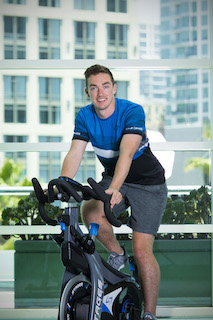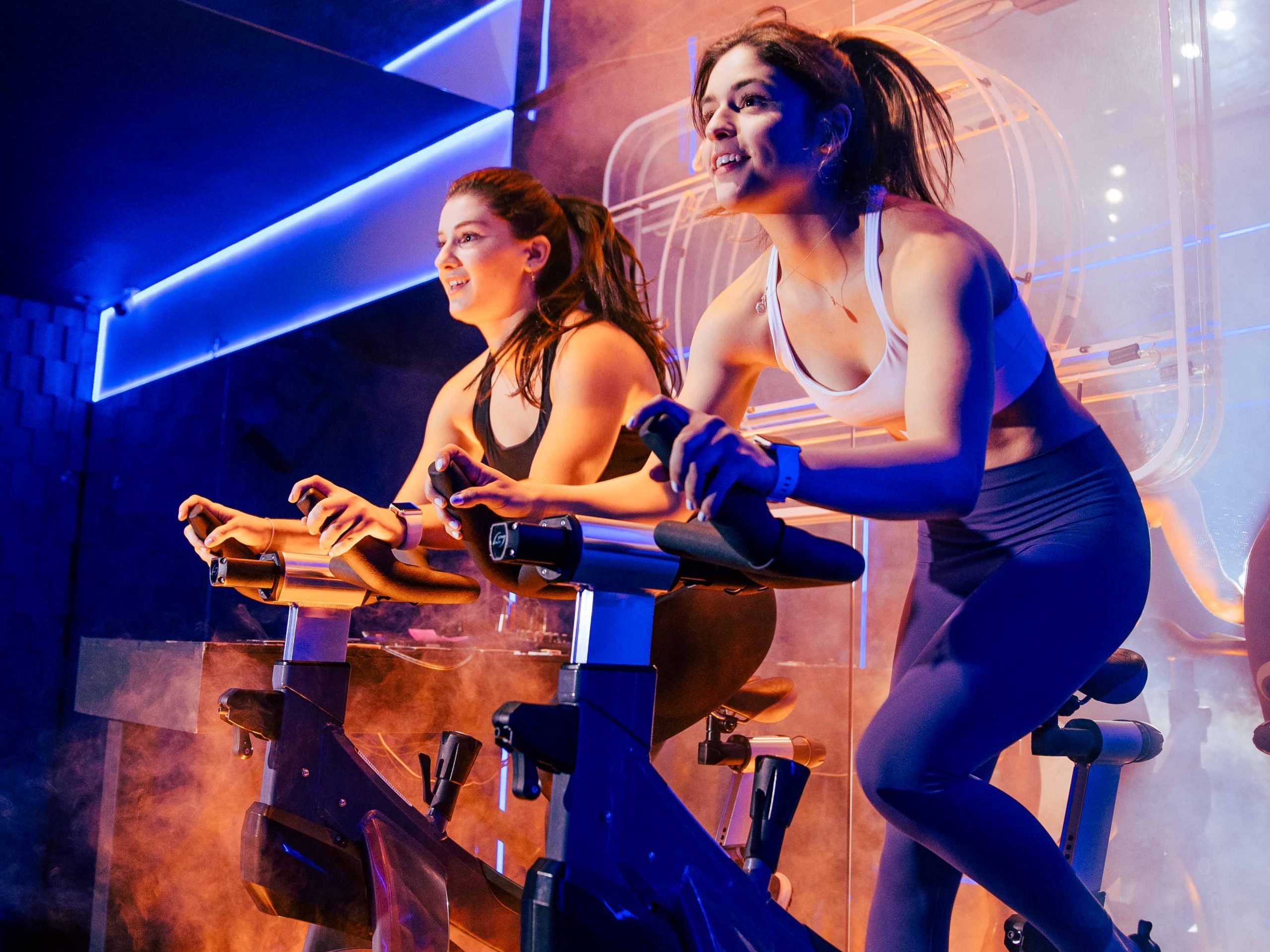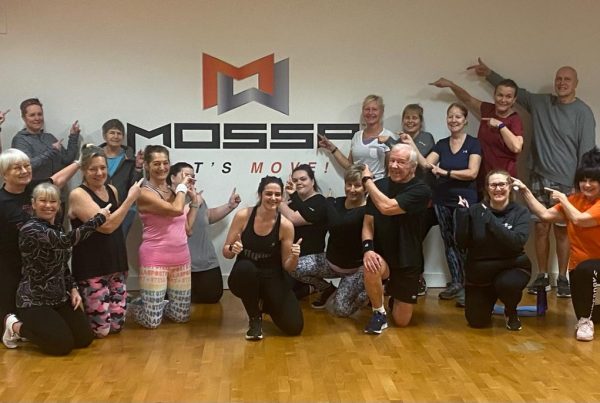Ben Kohler MS, Stages indoor cycling master educator, offers four communication strategies to improve the participant experience and create stronger connections with your members.
In the post-pandemic era of group fitness, our participants and members have access to more programming than ever before and we want to offer them the ultimate participant experience. Between fitness professionals and fitness wannabes sharing ideas on social media and large fitness corporations streaming fully produced classes, our participants have countless hours of great group fitness content at their fingertips whenever it is convenient for them. Because of this content taking over the industry, group fitness is one of the industries struggling most to see pre-pandemic returns in participation, with instructors seeking digital opportunities, members choosing digital classes that fit their schedule better, or masked exercise scaring away the weekend warriors.
With great content available at home, the best way to recruit your members, old and new, back to the group fitness studio is through the experience you create that they can’t get anywhere else. The experience you create is paramount to the successful return of the group fitness class and all of the incomparable benefits that come with such an energising and community-based class experience. The best approach to improving the experience you are creating in your group fitness classes is to focus on the way you are communicating and connecting with your participants before, during and after class! Check out these four great communication strategies to improve the participant experience.
-
Get to know your members, not just their names
One of the first pieces of advice that new instructors get is to learn the names of their regular class participants. Knowing your participant by name is incredibly important, but it shouldn’t stop at just that. For participants relying on digital programming, there is no sense of community or two-way exchange of information. One strong benefit of an in-person group class is that they have access to the instructor and the instructor has access to them.
Many of our members are craving the attention and recognition that they don’t get from their digital experiences. By taking the extra time to get to know your members’ weekend plans, jobs, kids’ names, etc., you are giving attention to the human aspect of our members that has been neglected for so long. They don’t want to just be treated as a subscriber number or an email on a list; they want to be part of a community and known by their fitness leaders. Take some time before the class to fully understand the many aspects and experiences of your members. Ask appropriate probing questions and use that context to follow up with them in each class. For those of you who struggle with remembering names, this extra context can even help you to put that face to a name.
-
Utilise all learning styles when cueing your indoor cycling sessions
Just as there are many identities of participants in our classes, we know that each participant takes in external cues in different ways. The three main ways our members take in the information we are sharing include visual, verbal or kinaesthetic communication. Taking a strong look at how we cue, either through recording yourself teaching or feedback from others, will help you identify how you tend to cue. Some of us rely heavily on the music to cue our classes, while others might take the route of verbally explaining directions before completing an exercise. While these strategies should be included in your cueing library, they represent only one pathway that your members might latch onto!
Incorporating visual, body language-based cues in addition to your music cues can help you reach members who connect strongly with visual communication. Describing how a certain movement should feel or physically touching your members with consent to encourage correct muscle engagement can add tactile or kinaesthetic communication they would not be able to obtain with simple, verbal instructions. Doing your homework and preparing additional styles of cues during your class can go a long way in helping your members to engage in a way that digital programming cannot provide.
-
Be authentic at all times
With access to so many digital ‘celebrity’ instructors, it is easy to try to replicate this celebrity style in order to find your own success. When we cater to the specific experience that these celebrity instructors create, we are losing out on all the members who don’t personally connect to this style of experience. By staying authentic to our own style, we create a unique experience that will connect with members and participants who can’t find their home in the styles of others. Think about what makes you unique and lean into those aspects when planning your programming, music and cueing during class.
-
Leave your ego at the door and ask for feedback
One of the scariest aspects of being an instructor is receiving feedback from your supervisor or regular class participants. We attach a lot of our personal worth to the experience we provide and when feedback constructively opposes this experience, we can take it personally. One of the best ways to create connection and elevated experiences is to welcome this feedback. At its most basic, this feedback gives you direct ideas on how to make your experience even better. Most of the time, this feedback is not meant as a personal attack or degrading comment on your class, but a request to elevate and create more connection. Seeking out this feedback regularly can show your participants you care about their experience and are actively working to make them part of the experience-building process.
The slow return of group fitness participants back to your classes can be frustrating, given the amount of time and effort we put into preparing for our classes. By investing some additional effort into creating stronger connections with our members, we can strengthen their bond to the experiences we create and encourage them to speak highly of our classes, ultimately leading to the rebuilding of our strong participant foundations. In order to learn more strategies to breed connection and improve communication strategies, please check out my workshop and get 20% off Effective Cue-munication, at www.stagescyclinguniversity.com.
Hey did you know?… our standard FitPro insurance covers you when you are teaching indoor cycling – check it out!

Ben Kohler is a passionate fitness professional with experience in a plethora of health and wellness avenues including personal training, group fitness instruction, and health coaching. Ben’s academic focus on motivation and behaviour change theory helps to round out his technical knowledge and expertise. Ben prioritizes constantly striving to create lasting change and impactful physical activity experiences for all participants. The power of positivity can be the most important catalyst for reaching new goals!
When Ben is not cheering you on during class, he enjoys traveling to new cities, exploring coffee shops and eclectic restaurants, and mentoring other fitness professionals in his current role as the Fitness Director at the University of Minnesota.
Ben holds multiple certifications through the American Council on Exercise and a master’s degree in Kinesiology, with an emphasis on Behavioural Aspects of Physical Activity from The University of Minnesota-Twin Cities.







